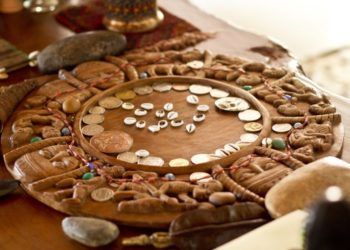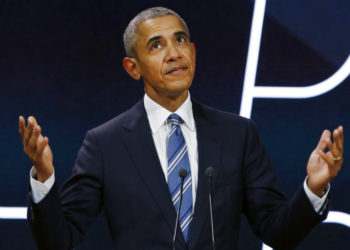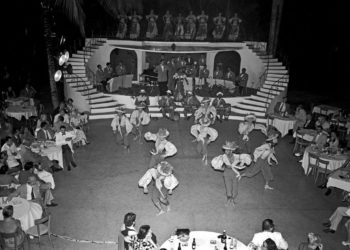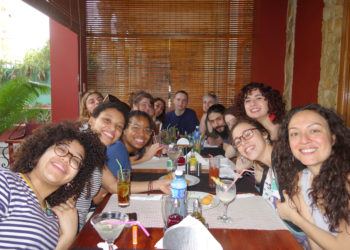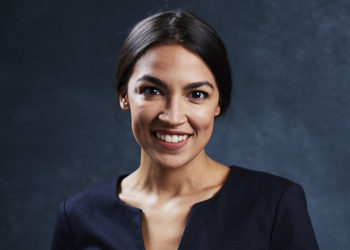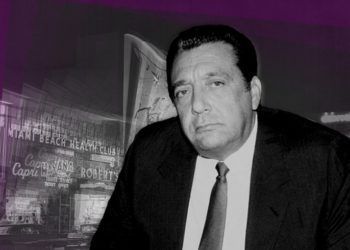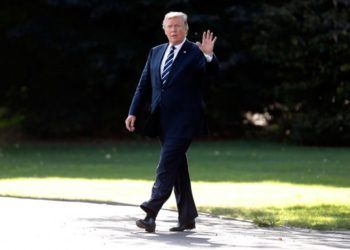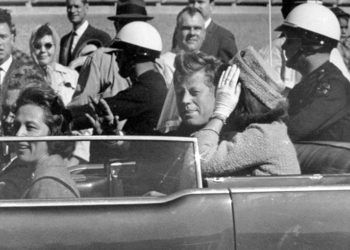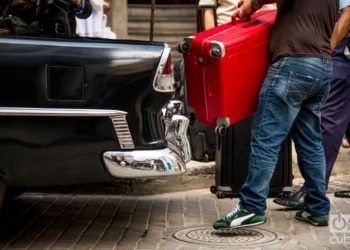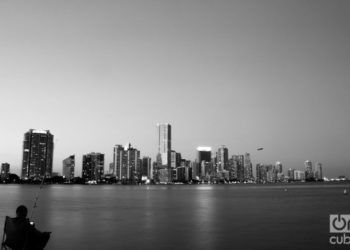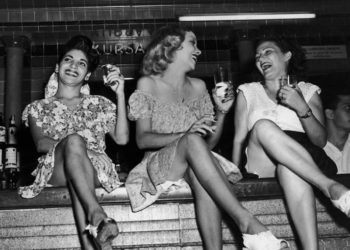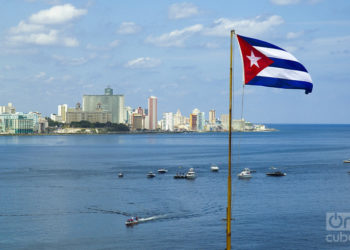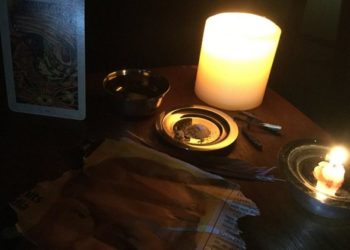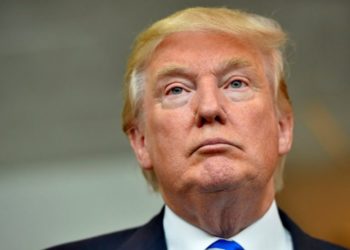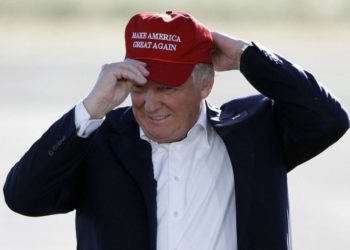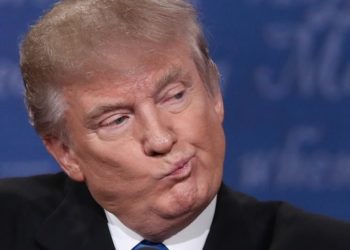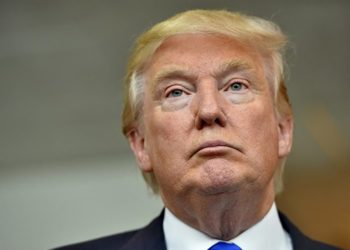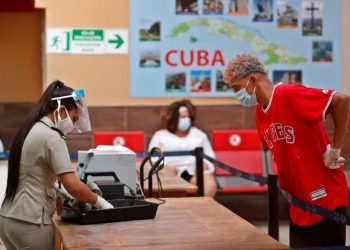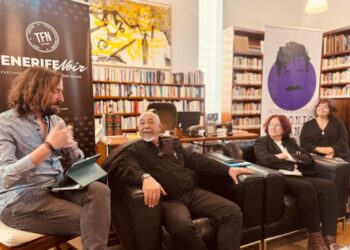Al-Shabaab or the messengers of death
In Arabic, Al-Shabaab means "The Young People." But we are not talking here of a youth organization in the North African world, but of a terrorist group linked to Al-Qaeda, which as is known was founded in 1985 by Osama bin Laden and several associates during that nefarious Soviet invasion of Afghanistan. Its mission is the same as the reader can guess beforehand: "war to death against the enemies of Islam," a task they undertook by affiliating themselves to one of the most puritanical aspects of fundamentalism: Wahhabism, which flourished in Saudi Arabia after the discovery of oil in the 1930s. This allowed the Saudis to undertake a substantial capital investment to expand it around the Arab world, taking advantage of the fact that the Mecca and the Medina, two of the holy places of Islam, are located in their territory. The emergence of Al-Shabaab is a consequence of the power vacuum that followed in Somalia after the end of Siad Barre's government (1969-1991), which caused a high social fragmentation and the resurgence of traditional and religious authorities that, among other things, focused on regulating in their own way the "traditional" social relations. Also from the reaction caused by Ethiopia’s...



